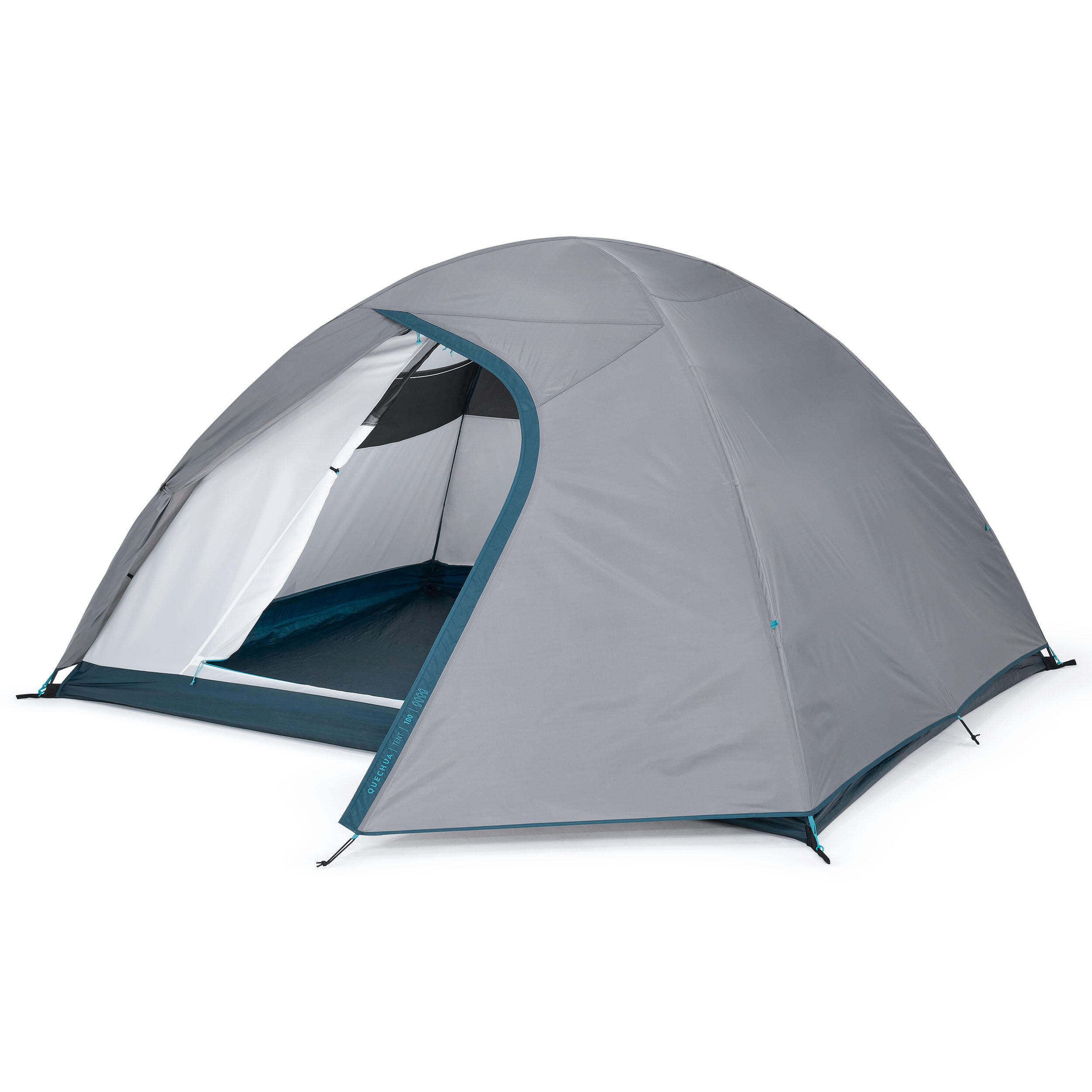

Articles
How To Store Tents
Modified: March 19, 2024
Learn how to properly store your tents to prolong their lifespan and protect them from damage. Check out our informative articles on tent storage tips and tricks.
(Many of the links in this article redirect to a specific reviewed product. Your purchase of these products through affiliate links helps to generate commission for Storables.com, at no extra cost. Learn more)
Introduction
When it comes to outdoor adventures, having a reliable tent is essential. Whether you are a camping enthusiast or an occasional camper, properly storing your tent is crucial to ensure its longevity and keep it in top-notch condition. With proper storage techniques, you can extend the lifespan of your tent and be prepared for your next outdoor excursion.
In this article, we will explore the important factors to consider when storing your tent, from cleaning and drying to folding and packing. We will also discuss the right storage location, using bags or containers for storage, protecting your tent from pests and moisture, and regular maintenance for long-term storage. By following these guidelines, you can keep your tent in excellent shape and ready for your next outdoor adventure.
So let’s delve into the world of tent storage and learn how to properly care for and protect your investment!
Key Takeaways:
- Properly storing your tent is crucial for longevity. Clean, dry, and fold it carefully, then store in a cool, dry location. Use a bag or container to protect from pests and moisture.
- Regular maintenance is key for long-term storage. Inspect for damage, air it out, and consider reapplying waterproofing. Keep it elevated and rotate periodically for even storage.
Read more: How To Store A Tent
Important Factors to Consider
When it comes to storing your tent, there are several factors that you should consider to ensure its longevity and maintain its quality. Let’s take a look at these important factors:
- Cleanliness: Before storing your tent, it is essential to clean it thoroughly. Remove any dirt, debris, or stains by gently wiping the surface with a mild soap solution and a soft sponge. Avoid using harsh chemicals or abrasive materials as they can damage the tent fabric.
- Drying: Once the tent is clean, it is crucial to dry it completely before storage. Moisture can lead to the growth of mold and mildew, which can deteriorate the fabric and create an unpleasant odor. Hang the tent in a well-ventilated area or set it up outdoors to allow it to air dry. Make sure all components, such as poles and stakes, are also dry before storing.
- Folding and Rolling: When it comes to folding or rolling your tent, it is important to follow the manufacturer’s instructions. Start by removing any tent stakes and collapsing the poles. Gently fold or roll the tent, being careful not to crease or stress the fabric. Avoid folding along the same lines to prevent weakening of the material. Pack any accessories, such as guylines or rainfly, separately.
- Storage Location: Choosing the right storage location is vital to protect your tent from potential damage. Opt for a cool, dry, and well-ventilated area, away from direct sunlight. Avoid storing it in basements, attics, or garages where temperature fluctuations and humidity levels can be high.
- Bag or Container: To keep your tent organized and protected during storage, consider using a storage bag or container specifically designed for tents. These bags or containers provide additional protection against dust, moisture, and pests. Ensure the bag or container is clean and dry before placing the tent inside.
By considering these important factors and following the proper techniques, you can ensure that your tent remains in excellent condition, ready for your next outdoor adventure. Now, let’s move on to the next step: choosing the right storage location.
Cleaning and Drying the Tent
Before storing your tent, it is crucial to clean and dry it properly. This helps remove any dirt, stains, and moisture that can damage the fabric and impact its longevity. Here are some steps to effectively clean and dry your tent:
- Spot Cleaning: Start by spot cleaning any specific areas that are stained or soiled. Use a mild soap solution and a soft sponge to gently scrub the affected areas. Avoid using harsh detergents or abrasive materials that can damage the tent fabric.
- Full Cleaing: For a more thorough cleaning, fill a large tub or basin with warm water and a gentle tent cleaner or mild detergent. Submerge the tent in the solution and use a soft brush or sponge to clean the entire surface. Pay extra attention to any stubborn stains or heavily soiled areas.
- Rinsing: After cleaning, thoroughly rinse the tent to remove any soap residue. Use clean water and a sponge or hose to rinse both the inside and outside of the tent. Ensure that all soap suds are completely removed.
- Drying: Proper drying is essential to prevent the growth of mold, mildew, and unpleasant odors. Before drying, gently squeeze out as much water as possible without wringing or twisting the fabric. Hang the tent in a shaded and well-ventilated area, away from direct sunlight. You can use a clothesline or hang it over a sturdy support, ensuring that the tent is spread out evenly to allow air circulation.
- Stake and Pole Drying: While the tent is drying, also take the time to dry the stakes and poles. Wipe them down with a clean cloth to remove any moisture or dirt. If necessary, use a brush to remove any stubborn debris. Make sure all components are completely dry before storing.
Remember, it is important to ensure that your tent is thoroughly dry before storing it. This prevents the growth of mold and mildew, which can damage the fabric and lead to unpleasant odors. By following these cleaning and drying steps, you can maintain the cleanliness and durability of your tent, ensuring it will be in great condition for your next outdoor adventure.
Now that your tent is clean and dry, it is time to learn how to properly fold and pack it for storage.
Folding and Packing the Tent
Folding and packing your tent properly is crucial to prevent damage to the fabric and ensure easy setup when you’re ready to use it again. Here are the steps to follow for folding and packing your tent:
- Remove Accessories: Before folding the tent, remove any accessories such as guylines, stakes, and rainfly. Keep them separate and set them aside for now.
- Collapse the Poles: Begin by collapsing the tent poles following the manufacturer’s instructions. Many tents use a pole interlocking system that can be easily disassembled. Gently collapse the poles and make sure they are securely fastened together.
- Fold or Roll the Tent: Lay the tent flat on the ground or a clean surface. Start folding or rolling the tent by bringing one side over to the center, then fold or roll the other side to meet in the middle. Ensure that the fabric is smooth and free of creases. Avoid folding or rolling the tent along the same lines repeatedly, as this can weaken the fabric.
- Pack in a Stuff Sack or Bag: Once folded or rolled, place the tent in a stuff sack or bag specifically designed for tent storage. These sacks or bags are often provided with the tent purchase. Make sure the sack or bag is clean and dry before placing the tent inside to keep it protected from dust and moisture.
- Accessories and Rainfly: Place the accessories and rainfly in a separate bag or pocket within the stuff sack or storage bag. This ensures that everything is stored together and easily accessible when you need it for your next camping trip.
It is important to note that some tents may require a slightly different folding or rolling technique. Always refer to the manufacturer’s instructions for the specific tent model you have. Proper folding and packing techniques help prevent unnecessary stress on the fabric and keep the tent compact for easy storage.
Now that your tent is neatly folded and packed, let’s move on to the next step: choosing the right storage location.
Choosing the Right Storage Location
When it comes to storing your tent, selecting the right location is crucial to maintain its quality and longevity. Here are some factors to consider when choosing the storage location for your tent:
- Temperature and Humidity: Opt for a storage location that is cool, dry, and well-ventilated. Extreme temperature fluctuations and high humidity can cause damage to the tent fabric and increase the risk of mold and mildew growth. Avoid storing your tent in areas such as basements, attics, or garages that are prone to temperature variations and moisture buildup.
- Sunlight Exposure: Protect your tent from prolonged exposure to direct sunlight. UV rays can deteriorate the tent fabric over time, causing it to become brittle and weaken. Choose a storage location away from windows or areas with intense sunlight to minimize the risk of sun damage.
- Avoiding Dampness: Moisture is one of the biggest threats to your tent’s durability. Make sure the storage location is free from dampness and potential water leaks. Ensure there are no pipes, leaks, or moisture-prone areas nearby that could compromise the integrity of your tent.
- Easy Accessibility: Consider a storage location that is easily accessible when you need your tent for your next outdoor adventure. This makes it convenient to retrieve your tent and ensures that it remains in good condition throughout its storage period.
- Elevated Storage: Opt for elevated storage if possible. Storing your tent off the ground helps minimize the risk of moisture absorption and potential damage from pests or rodents. Use shelves, hooks, or racks to keep your tent elevated and well-protected.
By considering these important factors, you can choose the right storage location that provides optimal conditions for your tent’s safety and longevity. Remember, a proper storage location is the foundation for preserving your tent’s quality and ensuring it will be in great shape for your next outdoor adventure.
Now that you have selected the perfect storage location, let’s discuss the options for storing your tent in a bag or container.
When storing tents, make sure they are completely dry to prevent mold and mildew. Store them in a cool, dry place away from direct sunlight to prolong their lifespan.
Read more: How To Store Roof Top Tent
Storing the Tent in a Bag or Container
Once your tent is clean, dry, and properly folded, it’s time to store it in a bag or container specifically designed for tent storage. Here are some tips for storing your tent in a bag or container:
- Choose the Right Size: Select a storage bag or container that is the appropriate size for your tent. It should comfortably accommodate the folded or rolled tent, as well as any additional accessories such as guylines, stakes, and rainfly. Avoid cramming the tent into a too-small bag, as it can create unnecessary stress on the fabric.
- Prepare the Bag or Container: Ensure that the storage bag or container is clean and dry before placing your tent inside. If necessary, wipe it clean and allow it to air out before use. Verify there are no sharp edges or rough surfaces that could potentially damage the tent fabric.
- Properly Position the Tent: When placing the tent in the bag or container, ensure that it lies flat without any folds or creases. Smooth out any wrinkles in the fabric to avoid permanent creasing. Avoid overstuffing the bag or container, as it can lead to unnecessary pressure on the fabric and compromise its integrity.
- Add Silica Gel Packs: To further protect your tent from moisture, consider adding silica gel packs to the storage bag or container. These packs help absorb excess moisture and keep the environment dry. Make sure the silica gel packs are sealed and replaced periodically to maintain their effectiveness.
- Label the Bag or Container: It is helpful to label the storage bag or container with the name and size of the tent. This makes it easy to identify the tent when you need it and helps you stay organized if you have multiple tents or gear in storage.
Storing your tent in a bag or container not only keeps it organized but also provides additional protection against dust, moisture, and pests. By following these tips, you can ensure that your tent remains in excellent condition while in storage and is ready to be used for your next outdoor adventure.
In the next section, we’ll discuss how to protect your tent from pests and moisture during storage.
Protecting the Tent from Pests and Moisture
When storing your tent, it is important to protect it from potential damage caused by pests and moisture. Here are some steps you can take to safeguard your tent:
- Pest Prevention: Before storing your tent, ensure that it is completely dry and free from any food particles or residue. Pests such as mice and insects are attracted to food sources and can cause significant damage to your tent fabric. Use a vacuum or brush to remove any debris or dirt that may attract pests.
- Use Pest-Repellent Products: Consider using pest-repellent products such as mothballs or cedar blocks to deter pests from approaching your stored tent. Place these products strategically inside the storage bag or container to create a protective barrier against potential infestations.
- Avoid Plastic Bags: While plastic bags may seem like a convenient option for storing your tent, they can actually promote moisture buildup and mold growth. Instead, opt for breathable fabric storage bags or containers that allow for air circulation while still protecting your tent from dust and pests.
- Periodic Inspection: Regularly check on your stored tent to ensure there are no signs of pests or moisture buildup. If you notice any signs of infestation or dampness, take immediate action to address the issue. This may involve cleaning the tent again, using pest control methods, or improving the storage conditions.
- Climate-Controlled Storage: If you live in an area with high humidity or extreme temperature fluctuations, consider storing your tent in a climate-controlled environment. A controlled storage unit or indoor closet can provide the ideal conditions to protect your tent from moisture and temperature extremes.
By taking these precautions, you can minimize the risk of pest infestations and moisture damage to your tent during storage. Remember, a little extra effort to protect your tent now can save you from potential headaches and costly repairs down the line.
In the next section, we will discuss regular maintenance to ensure your tent stays in top condition during long-term storage.
Regular Maintenance for Long-Term Storage
Even when your tent is in storage, it is important to perform regular maintenance to ensure its longevity and keep it in excellent condition. Here are some tips for maintaining your tent during long-term storage:
- Inspect for Damage: Regularly inspect your stored tent for any signs of damage. Check for tears, rips, or missing components. Address any issues promptly to prevent further damage.
- Air It Out: Periodically take your tent out of storage and set it up to air it out. This allows for proper ventilation and helps prevent the growth of mold and mildew. Inspect the fabric and seams for any signs of moisture or damage.
- Reapply Waterproofing: Over time, the waterproof coating on your tent may wear off. Before using your tent again, consider reapplying a waterproofing spray or treatment to restore its water-resistant properties.
- Store in a Climate-Controlled Environment: If possible, store your tent in a climate-controlled facility. Extreme temperature fluctuations can cause damage to the fabric, poles, and seams. A controlled environment helps maintain consistent temperature and humidity levels.
- Rotate and Repack: To prevent permanent creasing and stress on the fabric, periodically rotate and repack your tent. This ensures that pressure is evenly distributed and no single area bears the weight of the storage.
- Keep It Elevated: When storing your tent on shelves or in containers, make sure it is elevated from the ground. This helps prevent moisture absorption and potential damage from pests or rodents.
By following these maintenance tips, you can ensure that your tent stays in top condition during long-term storage. Regular inspections and proper care will help extend the lifespan of your tent and ensure it is always ready for your next outdoor adventure.
Now that we’ve covered the essentials of tent maintenance during storage, let’s wrap up with some final thoughts.
Conclusion
Properly storing your tent is essential for maintaining its quality and ensuring its longevity. By following the important factors to consider, cleaning and drying techniques, folding and packing methods, choosing the right storage location, using bags or containers, protecting from pests and moisture, and performing regular maintenance, you can keep your tent in excellent condition for years to come.
Remember to clean your tent thoroughly, making sure it is completely dry before packing it away. Fold or roll it carefully to avoid unnecessary stress on the fabric, and store it in a cool, dry, and well-ventilated location. Use a bag or container specifically designed for tent storage to protect it from dust and moisture.
Be proactive in preventing damage from pests by keeping your storage area clean, using pest-repellent products, and inspecting the tent regularly. Incorporating climate-controlled storage and periodically airing out your tent are additional steps you can take for long-term maintenance and protection.
By taking the time to properly store and maintain your tent, you can ensure that it will be in excellent condition and ready for your next outdoor adventure. So, follow these guidelines and enjoy the peace of mind knowing that your tent is well cared for and ready to provide you with shelter and comfort in the great outdoors.
Frequently Asked Questions about How To Store Tents
Was this page helpful?
At Storables.com, we guarantee accurate and reliable information. Our content, validated by Expert Board Contributors, is crafted following stringent Editorial Policies. We're committed to providing you with well-researched, expert-backed insights for all your informational needs.
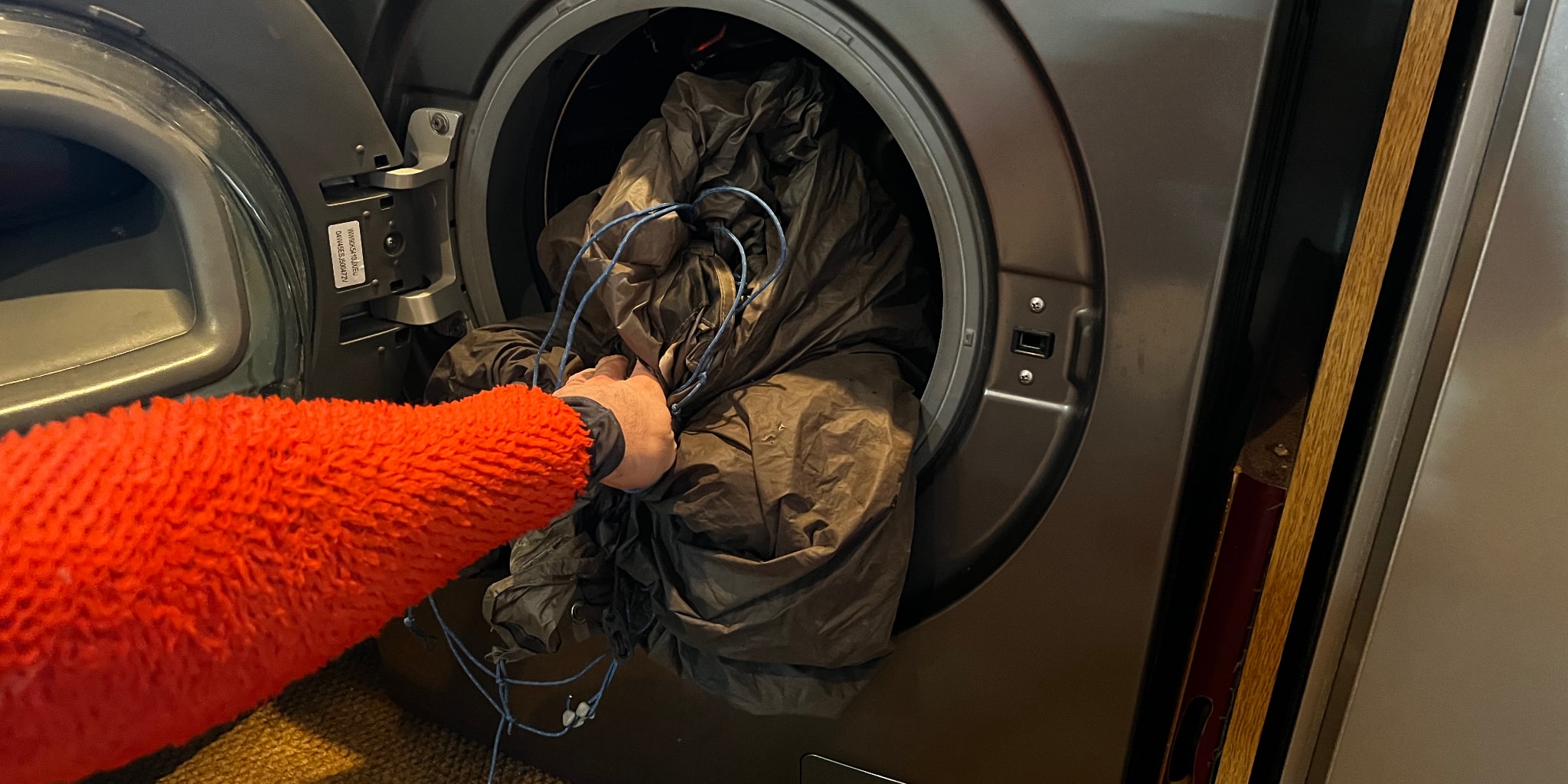
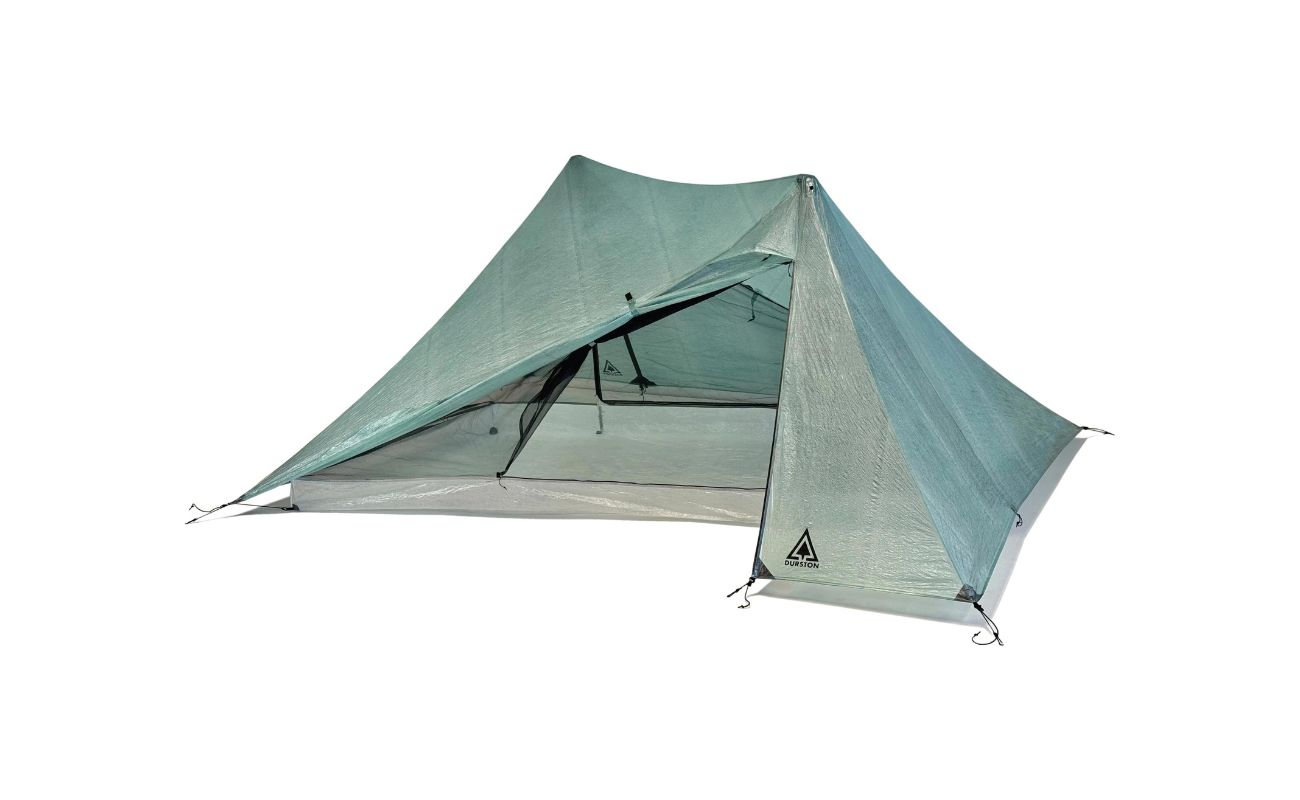
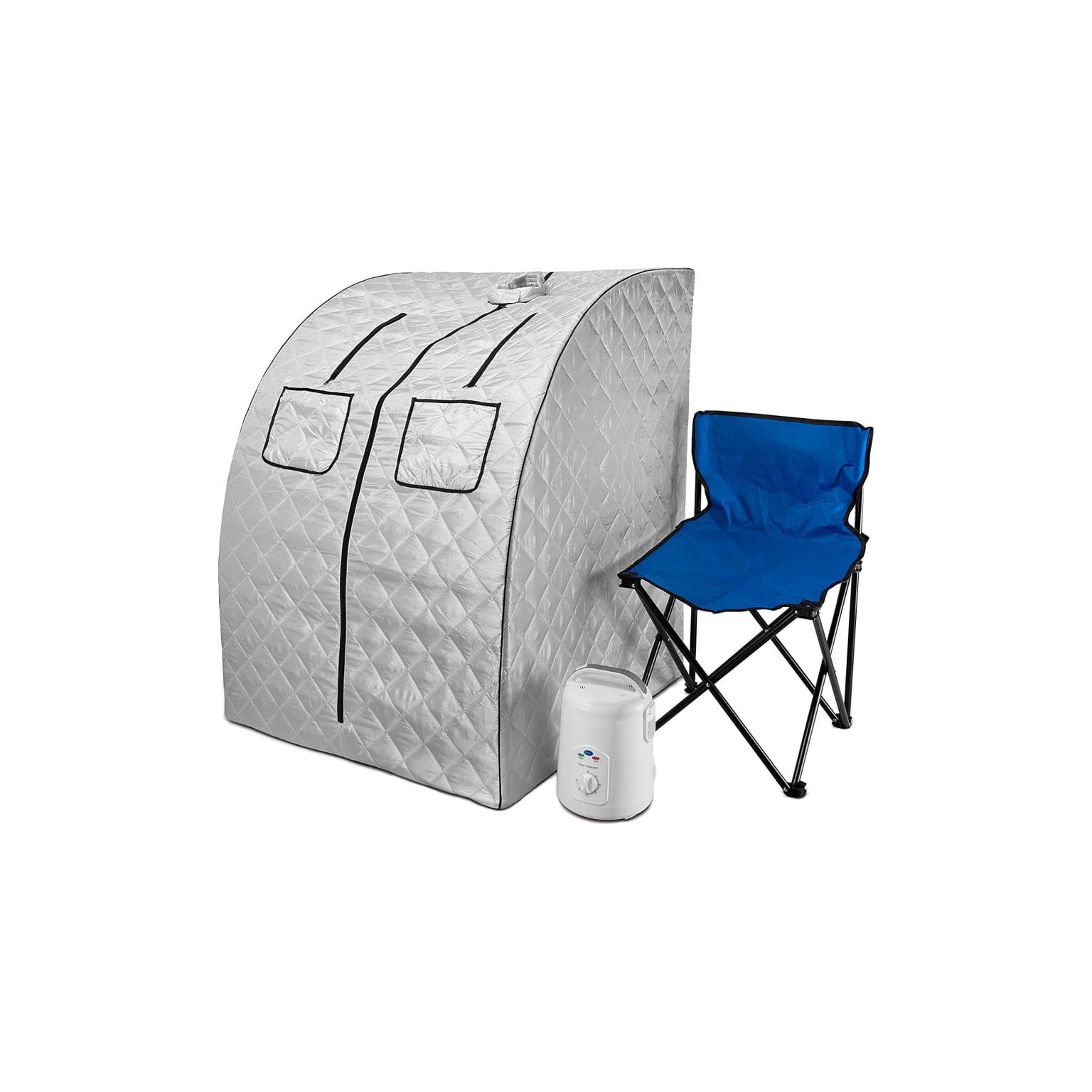
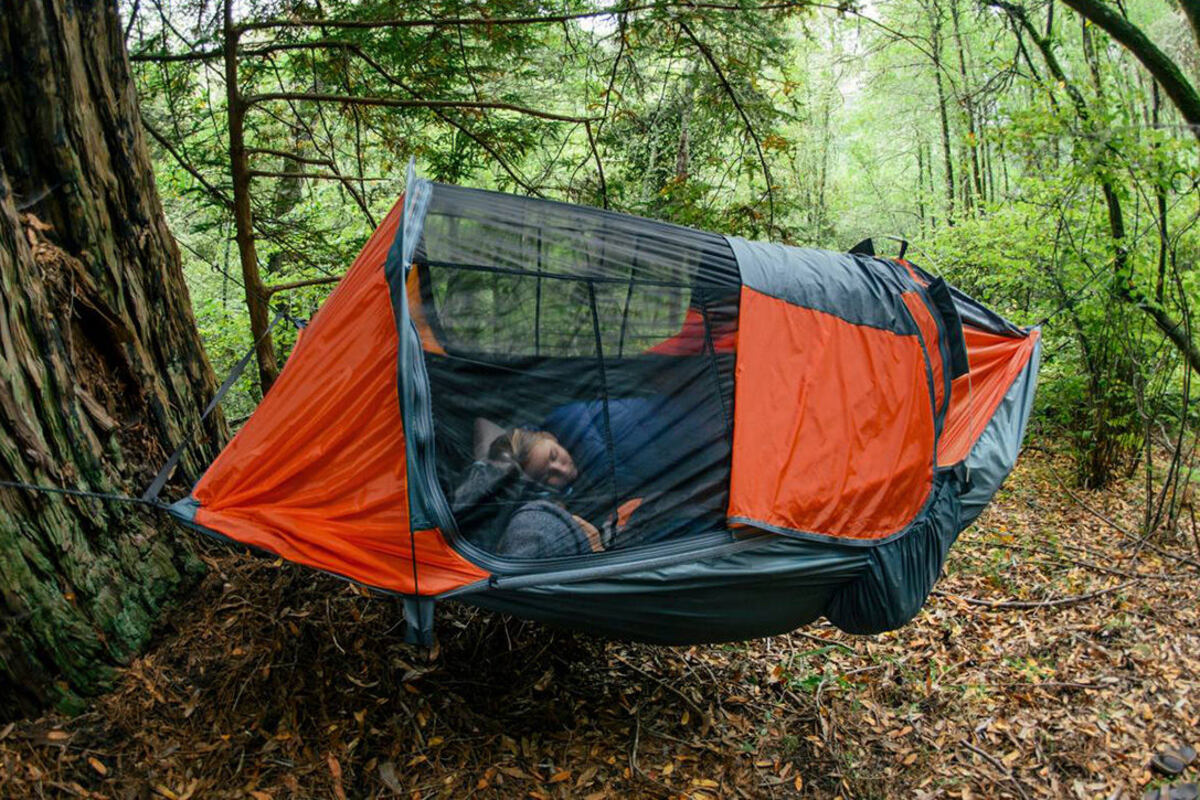

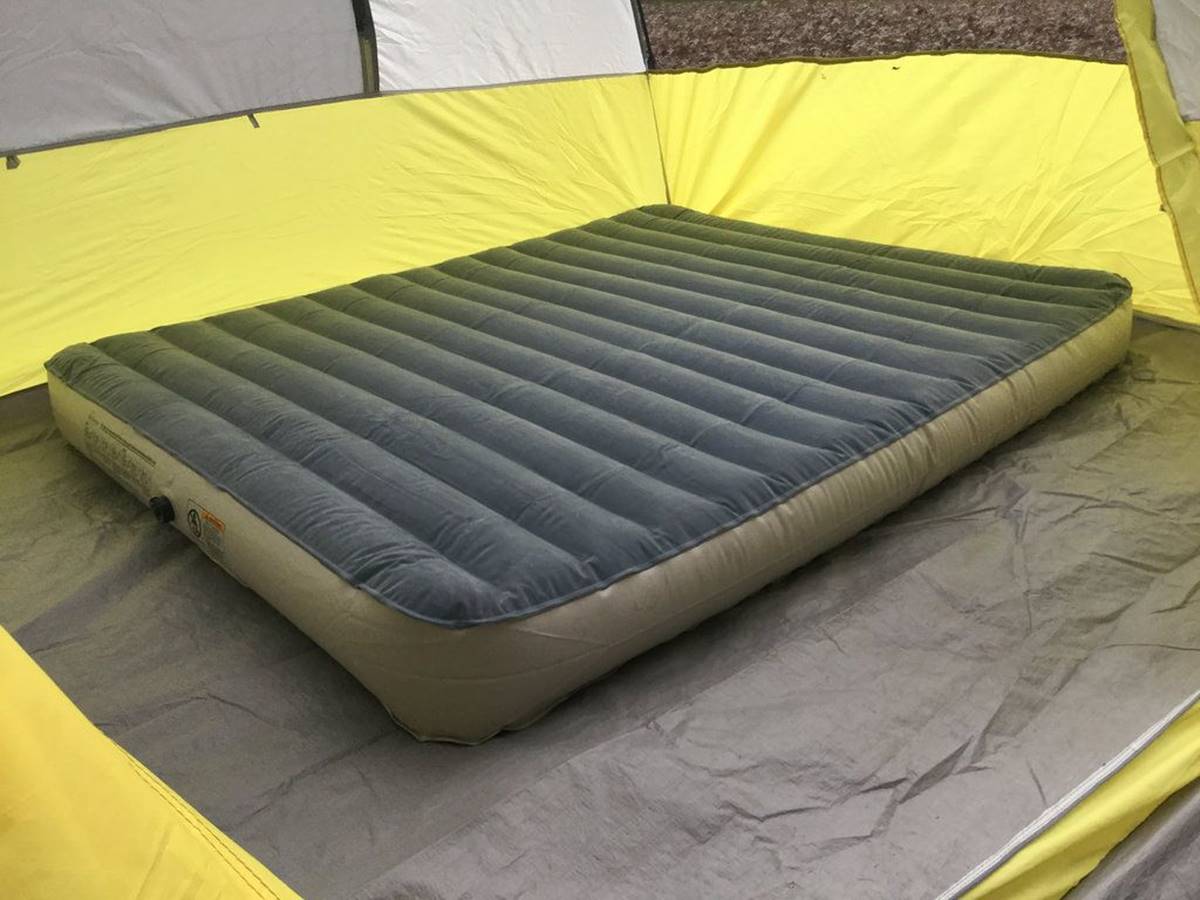
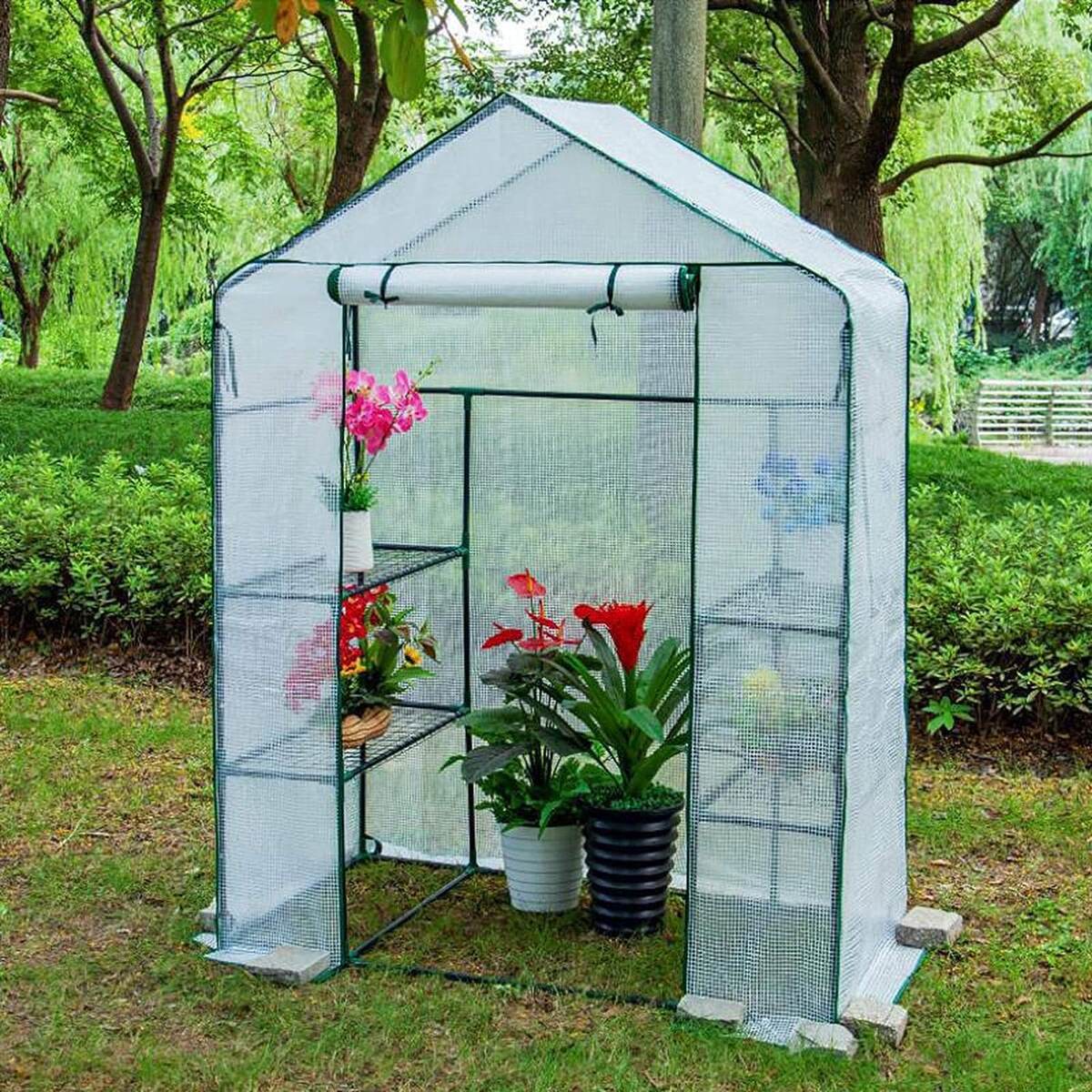
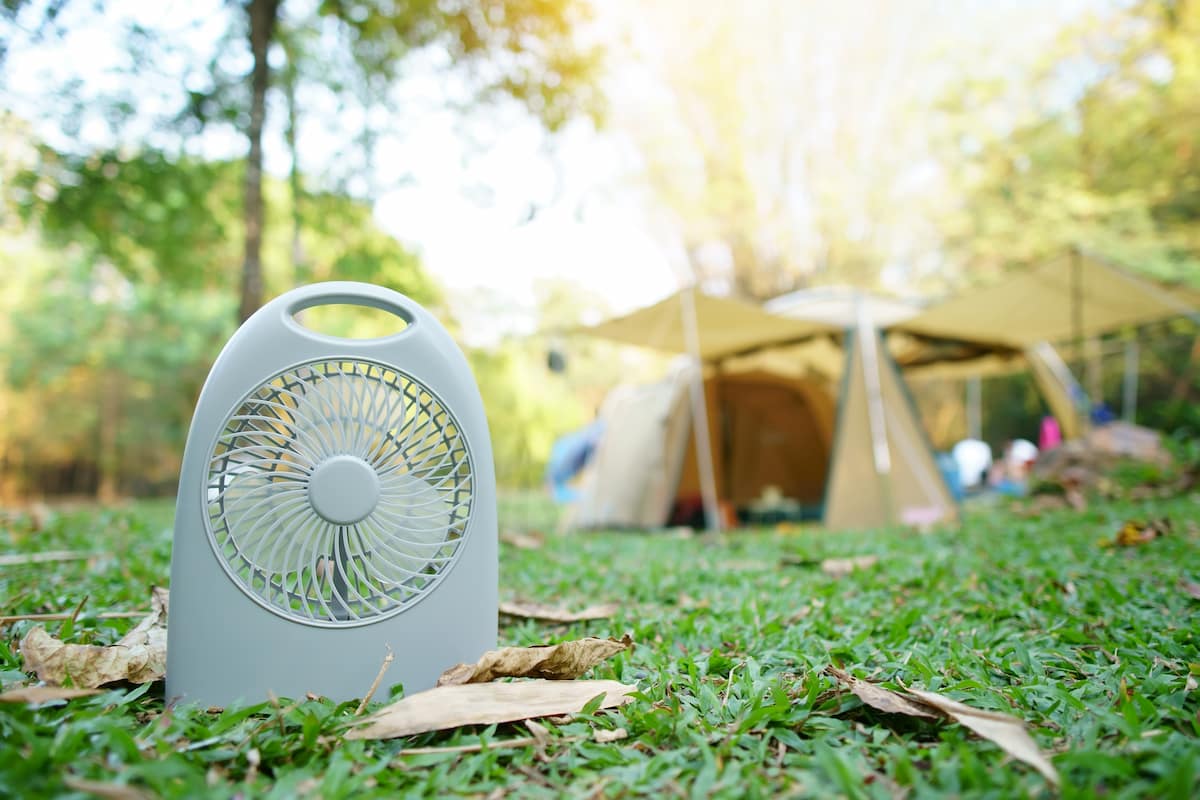
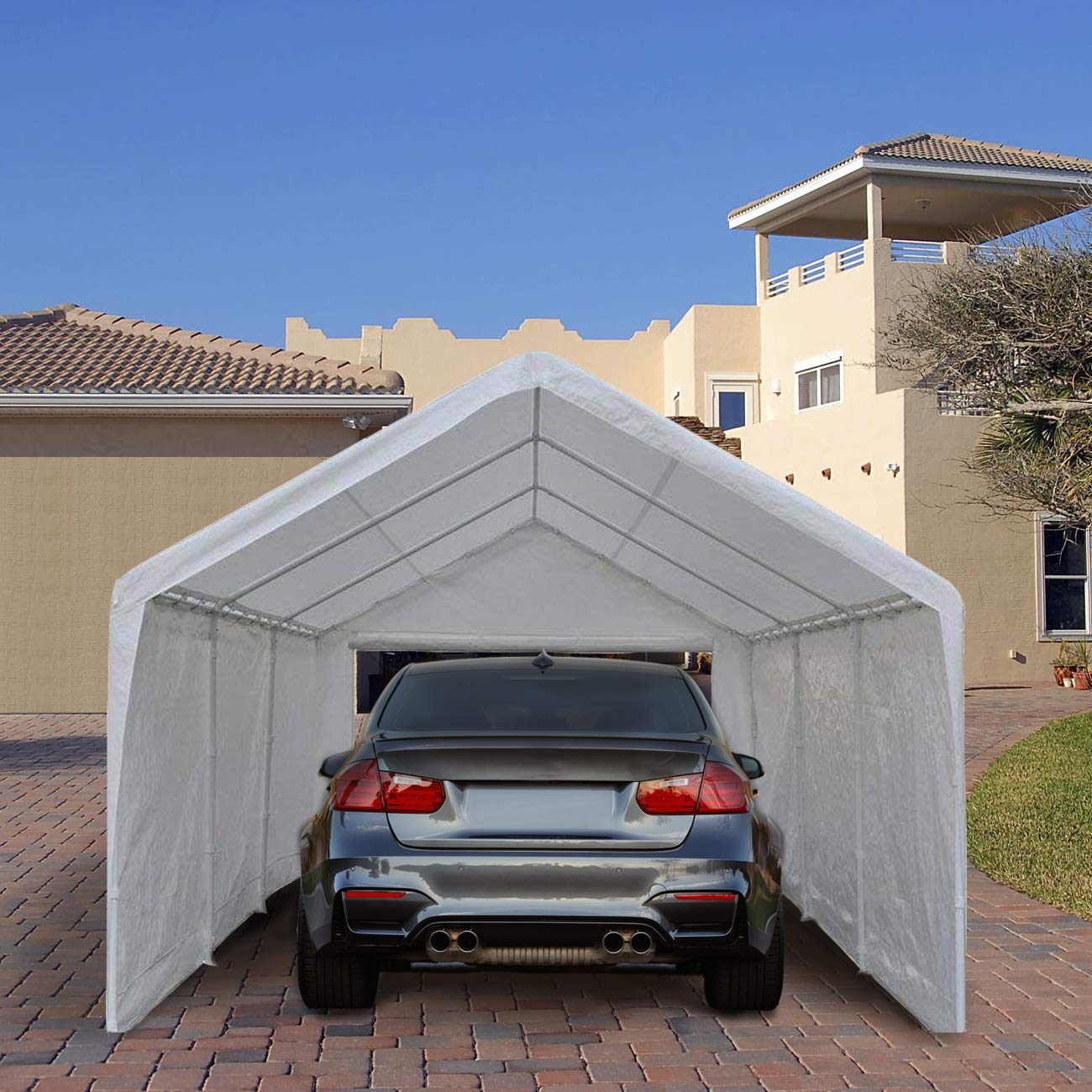
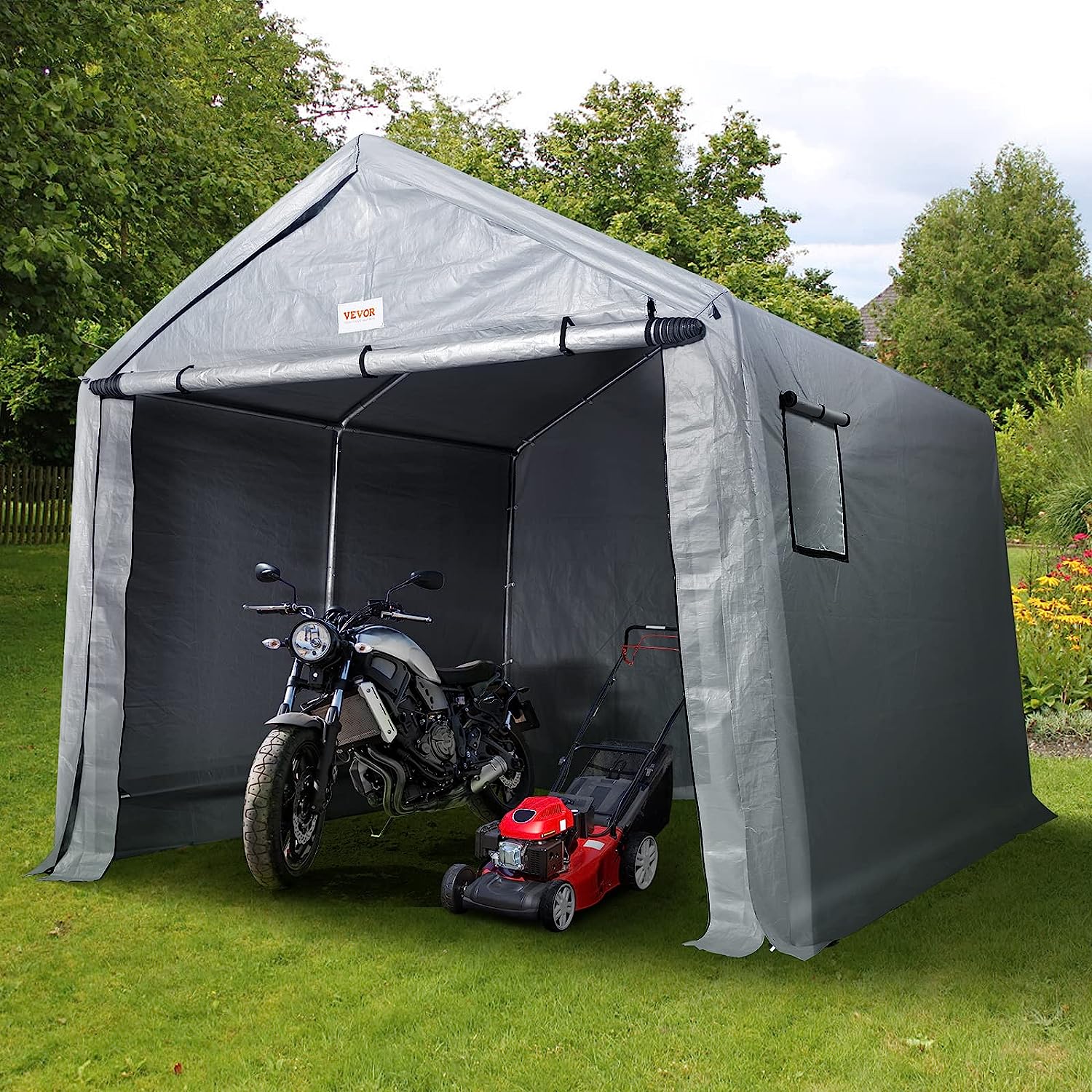

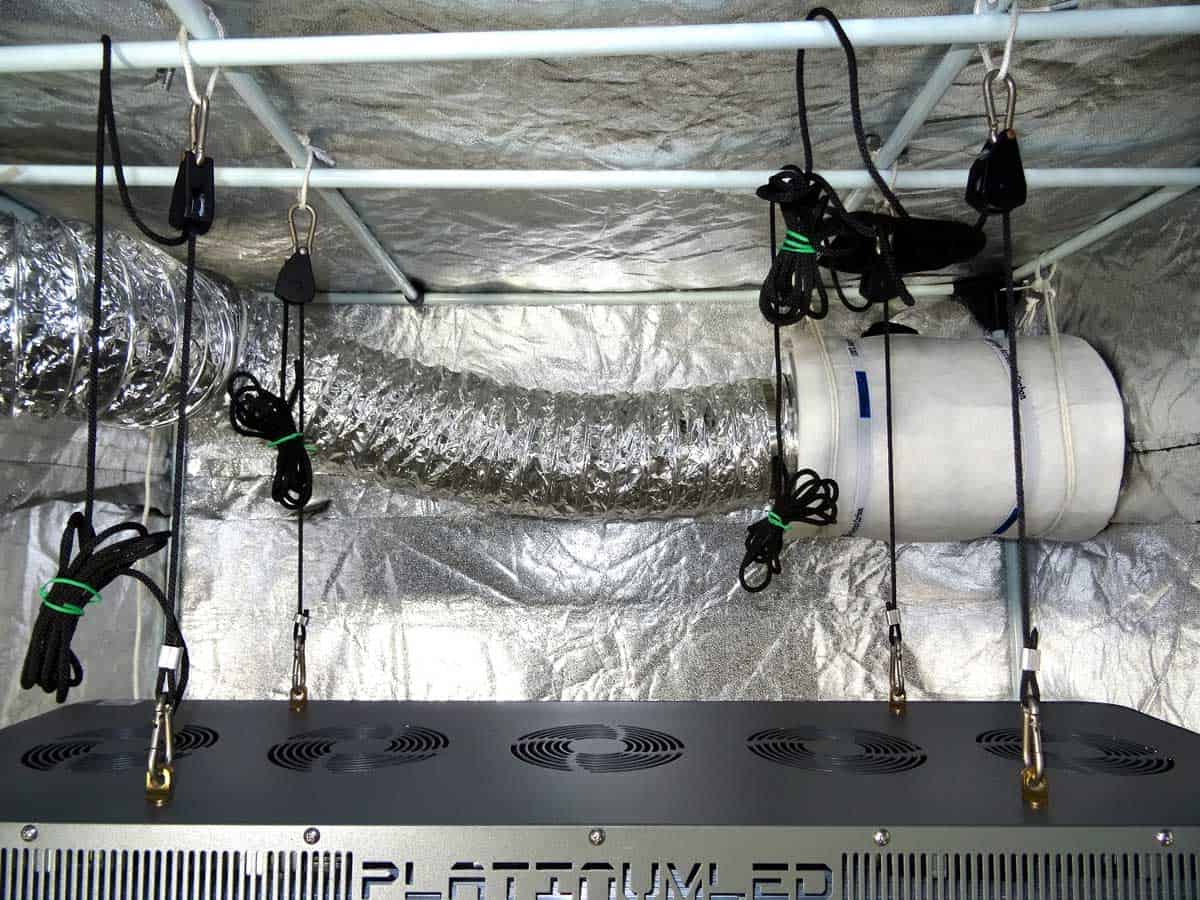

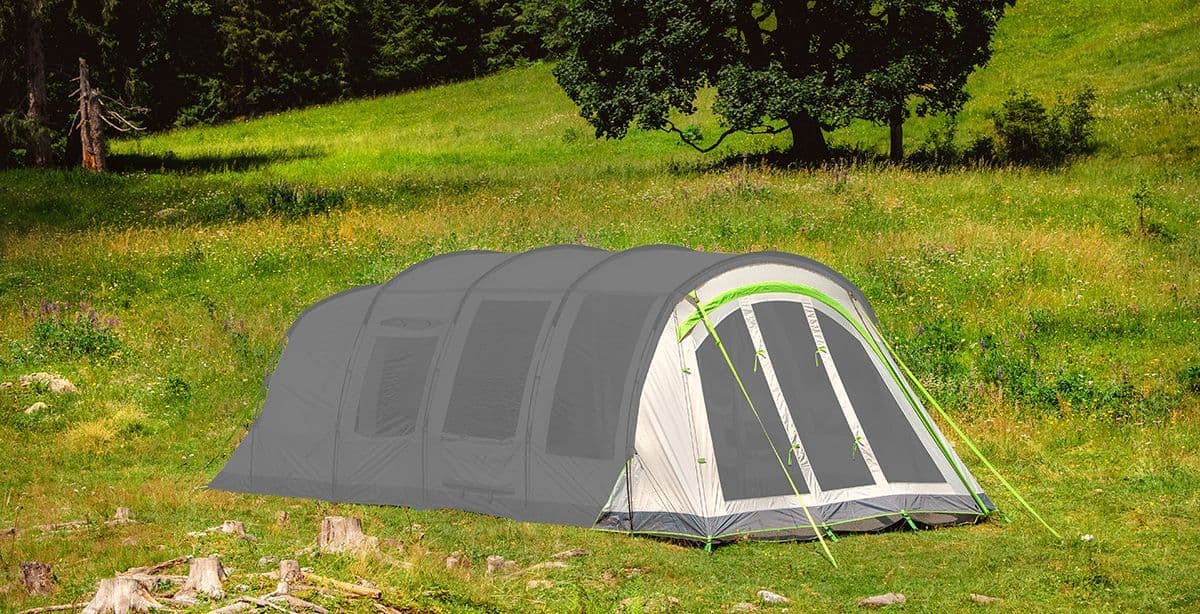

0 thoughts on “How To Store Tents”